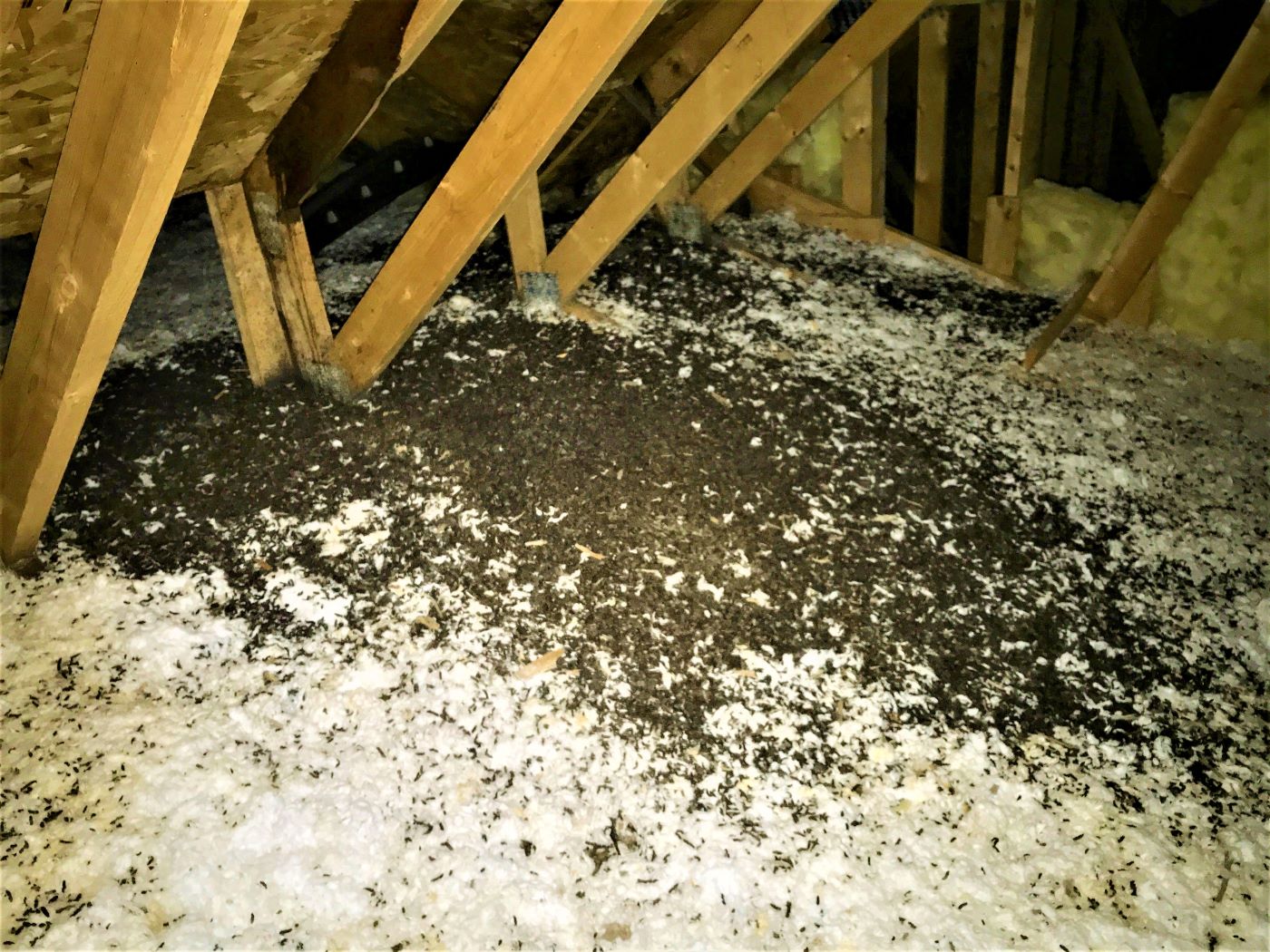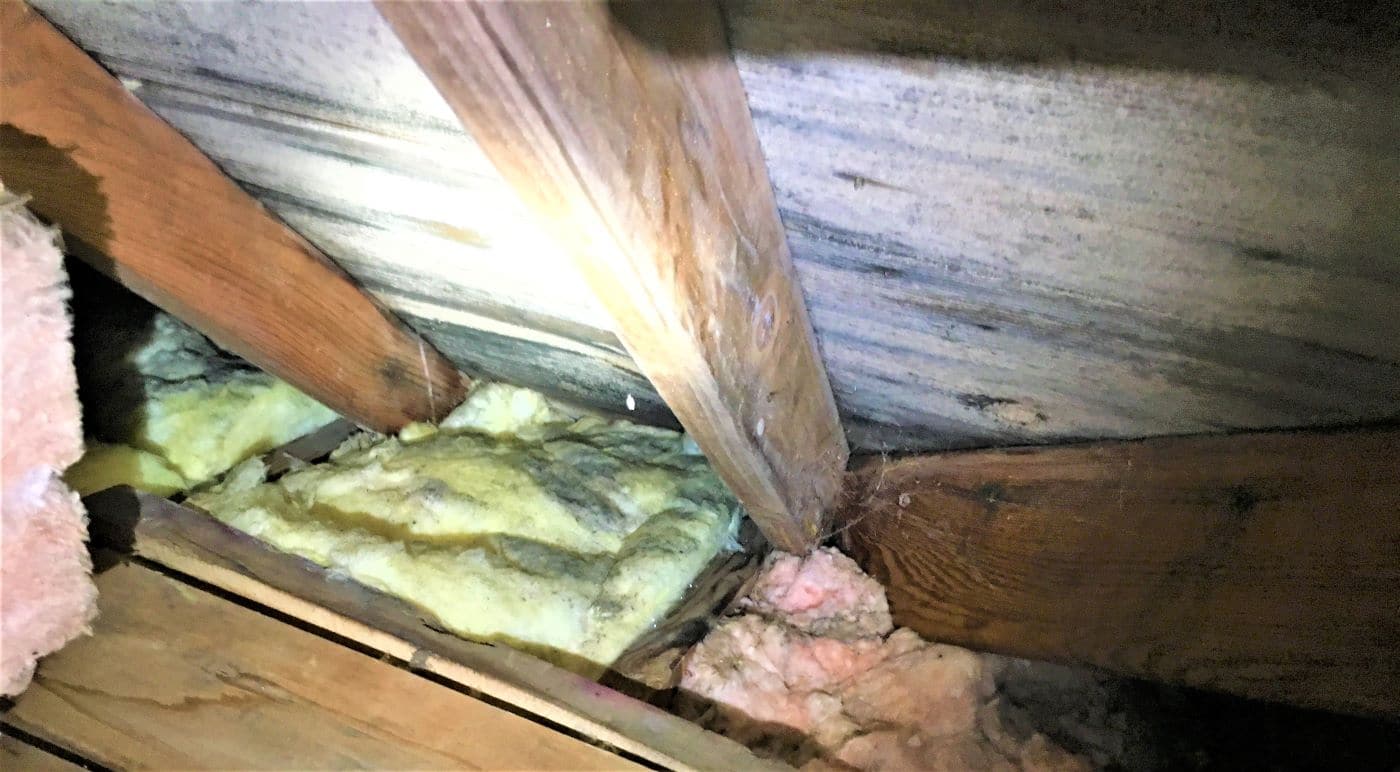Four Scenarios When Your Insulation Needs to Be Replaced
In many situations, it’s possible for quality contractors to replace insulation or make enhancements to your current attic insulation and ventilation to make it more effective. However, in certain scenarios the best course of action is to remove the old insulation and start over. Here are a few concerns that should make you consider an insulation replacement at your home.
Damaged Insulation From Animal Infestation
Once pests such as mice, raccoons, squirrels, and bats enter a home, they’re able to tunnel through cellulose and fiberglass insulation which can cause attic problems for homeowners. This prevents attic insulation from working as it should. It isn’t long before the animals begin using your attic as a bathroom. The pheromones their droppings contain can even attract more company from pests. In addition to the overall gross factor of animal feces in your attic, they also pose a serious risk to your home’s indoor air quality, which warrants making insulation replacement a priority. This is because pathogens can be inhaled without ever having to come in direct contact with them as air flows from the attic and throughout the home.

Consider An Insulation Replacement If You Have Vermiculite:
Mined from the earth, vermiculite is comprised of lustrous flakes. When brought to a high temperature, the flakes expand. In its unadulterated form, vermiculite insulation is nontoxic. However, a mine in Libby, Montana was the source of most of the vermiculite sold in the country from 1919 to 1990. Incidentally, the mine also contained a deposit of asbestos, contaminating the vermiculite used for home insulation. While not all vermiculite insulation contains asbestos, attics with vermiculite insulation should be tested for the presence of asbestos. Asbestos fibers that are disturbed can become airborne and increase the risk for lung cancer and mesothelioma. Removing and replacing insulation contaminated with asbestos should only be completed by a licensed and reputable ventilation and insulation contractor with extensive experience in this area.
Replace Attic Insulation That’s Moldy
Attic mold flourishes in warm, humid, damp environments. Leaky roofs, bath fans venting into the attic, and an insulation installation completed by amateurs can all lead to mold growth on attic insulation. Once mold on insulation is present, it quickly spreads. Moldy insulation proves problematic because it causes an array of health issues such as watery eyes, persistent fatigue, and continuous headaches. If you’re wondering if your old insulation or mold could be attributing to your sickness or allergies, it could likely be a mix of the two. After a trustworthy contractor has pinpointed the source of water and moisture with a proper solution, replacing insulation should be addressed. After that, new insulation should be installed.

Watch Our Ventilation & Insulation Contractors Complete A Project:
Prioritize Replacing Insulation Damaged By Fire:
When a home catches on fire, the smoke rises to the attic. Even if the home is not a total loss, the attic insulation will take on a strong, smoky smell. In addition, the properties of the damaged insulation have been compromised, rendering it useless. After a fire, it’s best to remove and replace the insulation as quickly as possible. Moderately burned insulation can conceal a covert spark which can re-ignite after smoldering.
